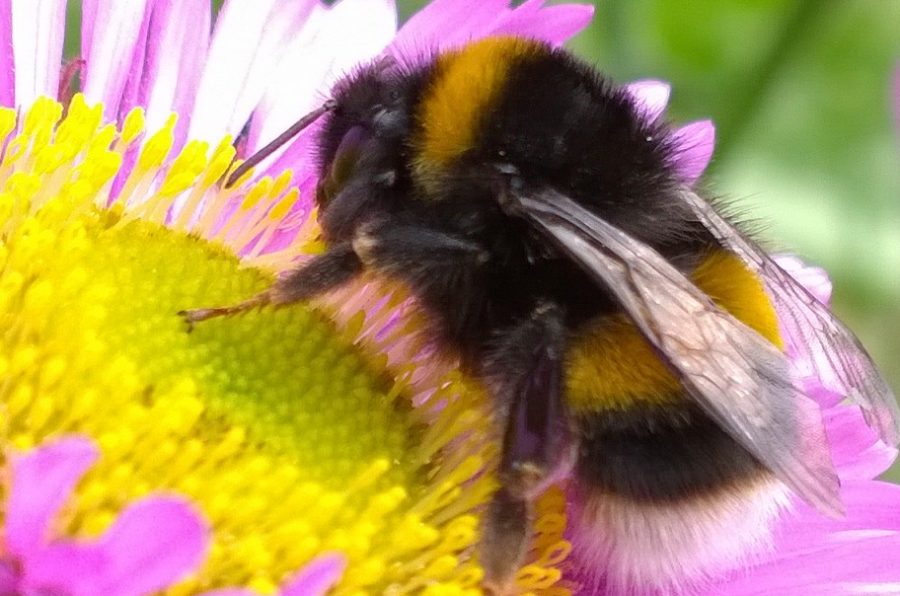The Disappearing Bumblebee
Bumblebees have been declared endangered
February 16, 2017
As of this year, bumblebees in the United States have been declared endangered by the US Fish and Wild Service. According to the wildlife service, the population of the bumblebee population has shrunk by 87% since the late 1990s and is continuing to decline. Although listing the bumblebee as endangered is upsetting to environmentalists, putting the bumblebee on the endangered list will avert attention towards the protection of bumblebees and prevent the continuation of the bumblebees’ decline.
The main reason for this bumblebee decrease can be traced back to climate change, habitat loss and increased use of pesticides. Bumblebees play an important role in the ecosystem; according to the Short-Haired Bumblebee Project, asides from producing honey, bees are important pollinators of many of the world’s wildflowers (80%) and high-value agricultural crops (84%). Bees alone pollinate $15 billion worth of crops each year in the United States alone and also save farmers money on materials they would need to have and maintain to pollinate their crops. An example of the drastic effects of bee population loss was observed in China where Chinese farmers, due to the decline of bees, were forced to pollinate their apple and pear tree crops by hand.
If bees go extinct, almonds, blueberries, cherries, avocados, cucumbers, onions, grapefruits, oranges and many other crops would disappear along with the bees. Efforts to create different ways to pollinate crops including robotic bees are underway, but the true solution is with the already existent bumblebee. No technological innovation or pollination imitator can replace the small creatures that have always worked tirelessly and fed the world.






